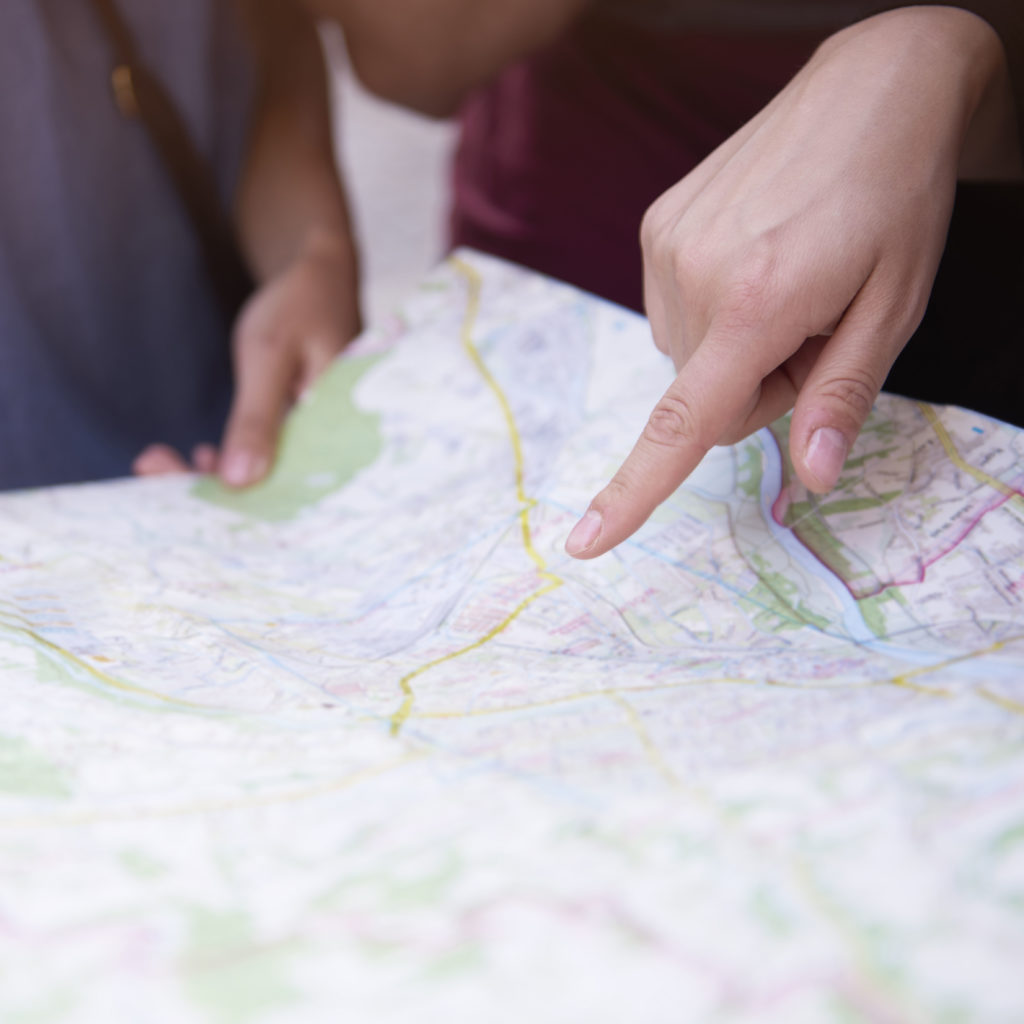Understanding How Retailers Use Location Data: Q&A with Rippll
by Hugh Williams on 23rd Apr 2018 in News

Location data has long been a widely used technique for retailers to engage their customers. In this Q&A with RetailTechNews, Doug Chisholm, CEO, Rippll, outlines how retailers are leveraging this information, what more they can be doing with their location data, and what is holding retailers back from making the most of the data.
RetailTechNews: How can location data be used to track the effectiveness of online advertising at driving footfall?
Doug Chisholm: Because many consumer apps use location for functionality in the app (such as nearby stores, friends, weather conditions, and travel information) these apps tend to have a location history showing where you have been on a map, even more so for navigation and weather apps that have to update your location in the background (when the app isn’t open). These apps can then link cookies or handset identifiers from these users to the same user being served an ad by an online advertising company. So, essentially the user is served an ad by Company A based on their device ID and then Company B checks to see if that user later recorded location data at or near the advertiser's store. All this happens in aggregate though, with encrypted device IDs, so neither company knows who these devices are as people or any personal information, just what percentage of these handsets went in-store after exposure to advertising.
Are retailers making the most of the location data available to them to better engage customers?
No, not by a long way. It’s always been a hard space for retailers to play in, as they are quite rightly cautious of annoying consumers with location-based alerts. However, location data can be used to customise user experience in a way that is not interruptive and adds huge value. For example, if I open a retailer app in the store, I would expect a completely different experience to opening it at home, or when commuting. If my location data suggests I play football every weekend, then the app can highlight the football section when I open it.
Retailers can also use location data to clean up their online retargeting. We have all had the experience of researching something online and then going to the physical store to buy it and then for the next week ads for the product we already bought follow us around. That’s wasteful in terms of ad budget and annoys consumers. By teaming up with an offline measurement company, these retailers can stop the retargeting ads appearing for consumers who have visited their store within a few days of researching a product online. We apparently have powerful AI running all our online ad targeting; and yet we haven’t cleaned up this simple waste of ad retargeting yet.
What is stopping retailers from making the most of the location data available to them?

Doug Chisholm, CEO, Rippll
Knowledge, I think. The location space is still quite complex compared to say website management or online advertising. It’s a mix of app functionality and real-world user experience, so retailers need to run more internal R&D projects to learn how these things work then they will be less fearful of activating large-scale solutions. Smaller retailers are however activating things faster, perhaps as they feel they have less to risk. So we see more innovation in play with small businesses deploying location-based loyalty card apps, food ordering systems, etc.
What can retailers be doing to better leverage their location data to help understand their customers?
They should start by splitting the data into two buckets: 1) the first-party data they see from their own apps and 2) the third-party data generated by other consumer apps that see where their customers go before and after a visit to their store. Then they should run some kind of trial with a measurement company to see what basic things they can learn from this data. Things like: How far do people actually travel to visit our stores? How long do they spend in our stores? Which of our competitor stores do they visit? Then, based on findings in these data sets, they can create a strategy for how to tie location measurement to their online advertising efforts.
What other insights can retailers derive from their location data?
The quick wins are how often consumers visit their stores and for how long. Then you can investigate other places your customers visit, which ranges from competitor stores to lifestyle indicators such as where they eat, drink, and go on holiday. But you have to bear in mind that all this data is in aggregate and coming from apps that have asked for permission to analyse consumers location history, hence the data sets on offer from measurement companies tend to be small sample sizes for opted-in consumers.This content was originally published in RetailTechNews.
DataE-CommerceIn-storeInvestmentLocation








Follow ExchangeWire